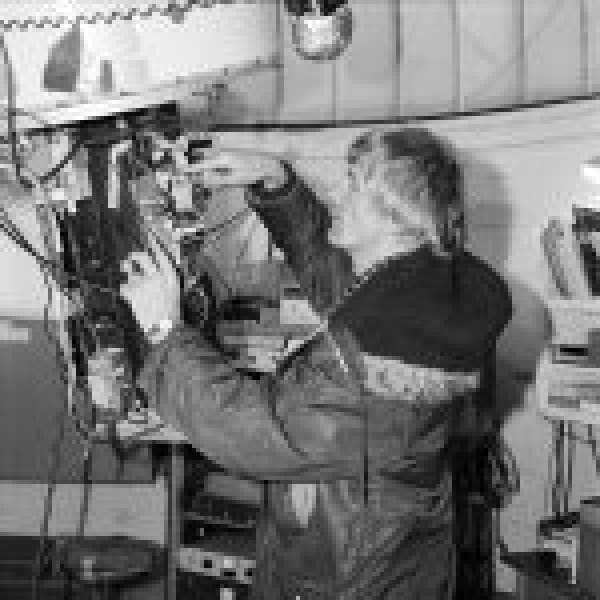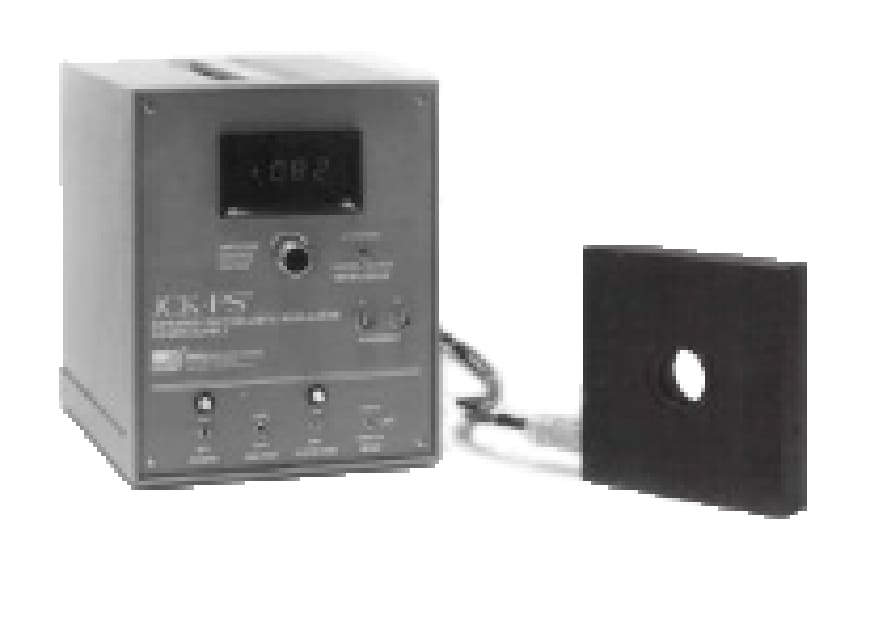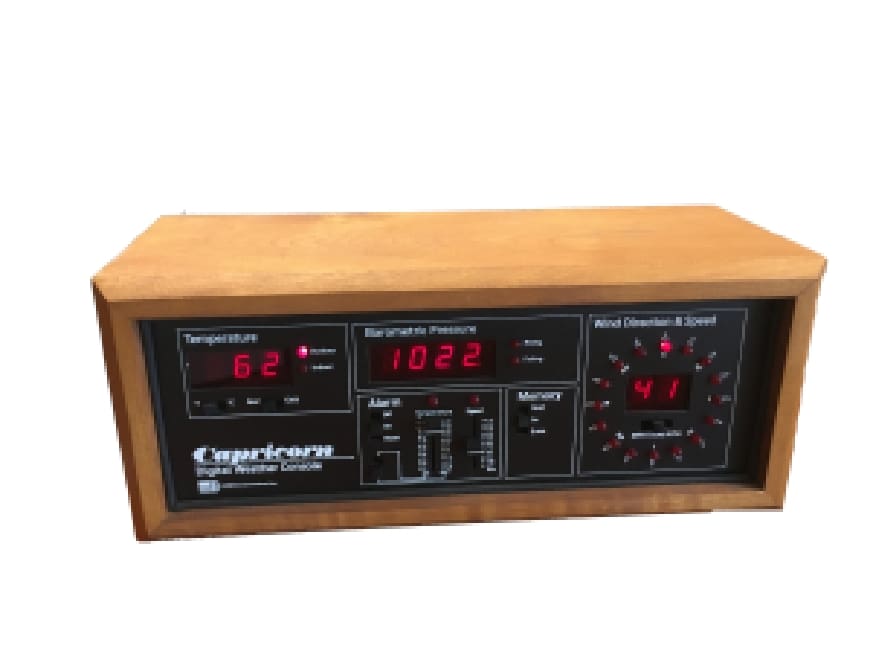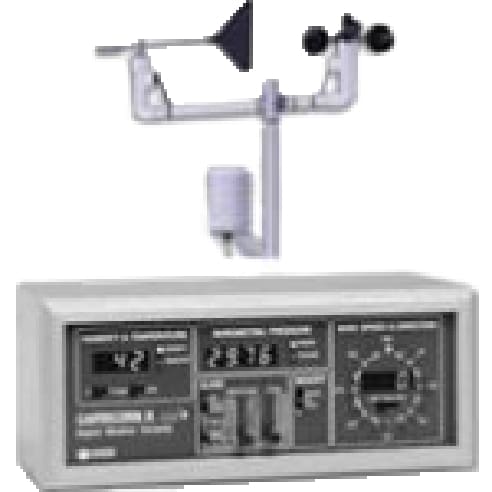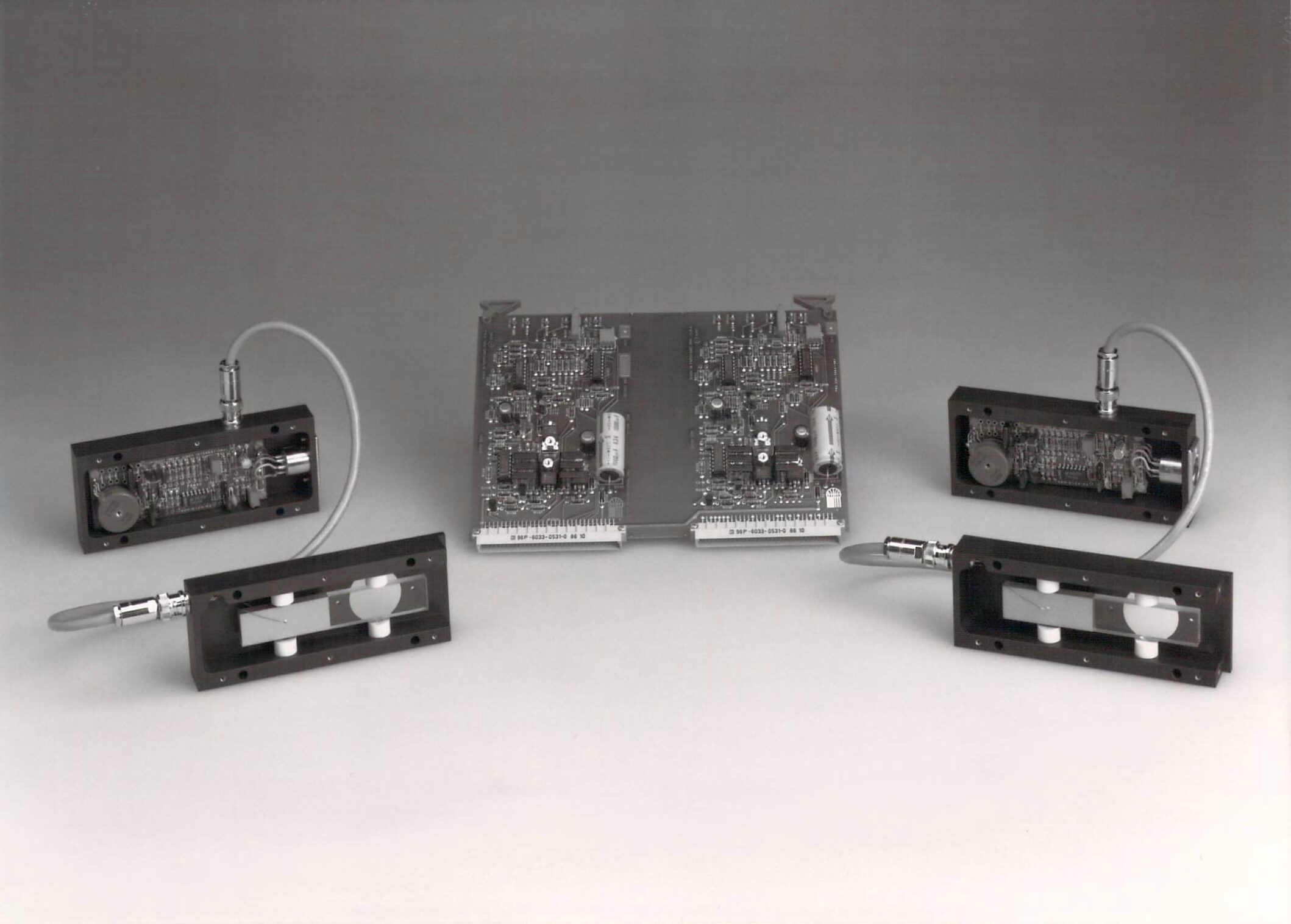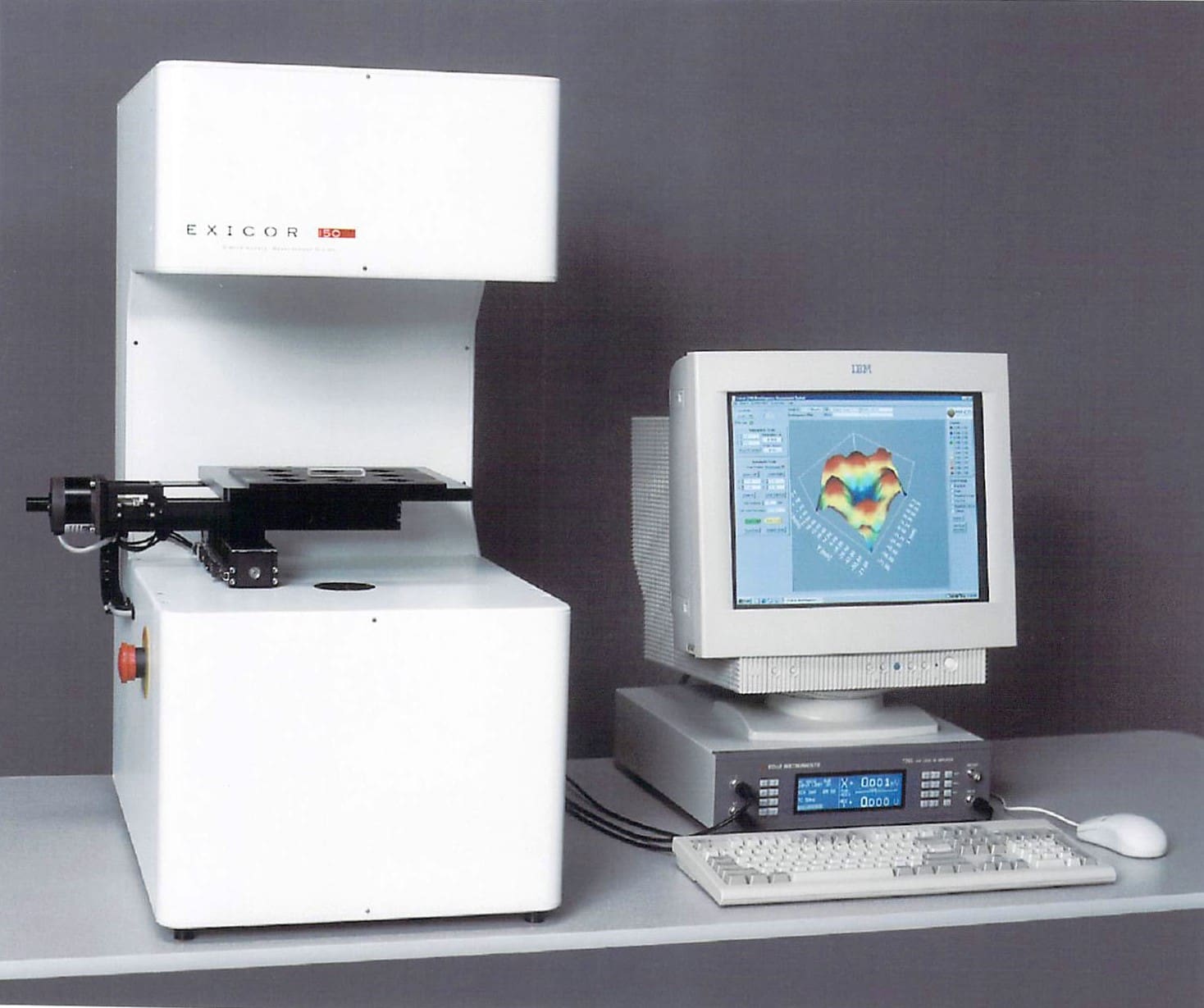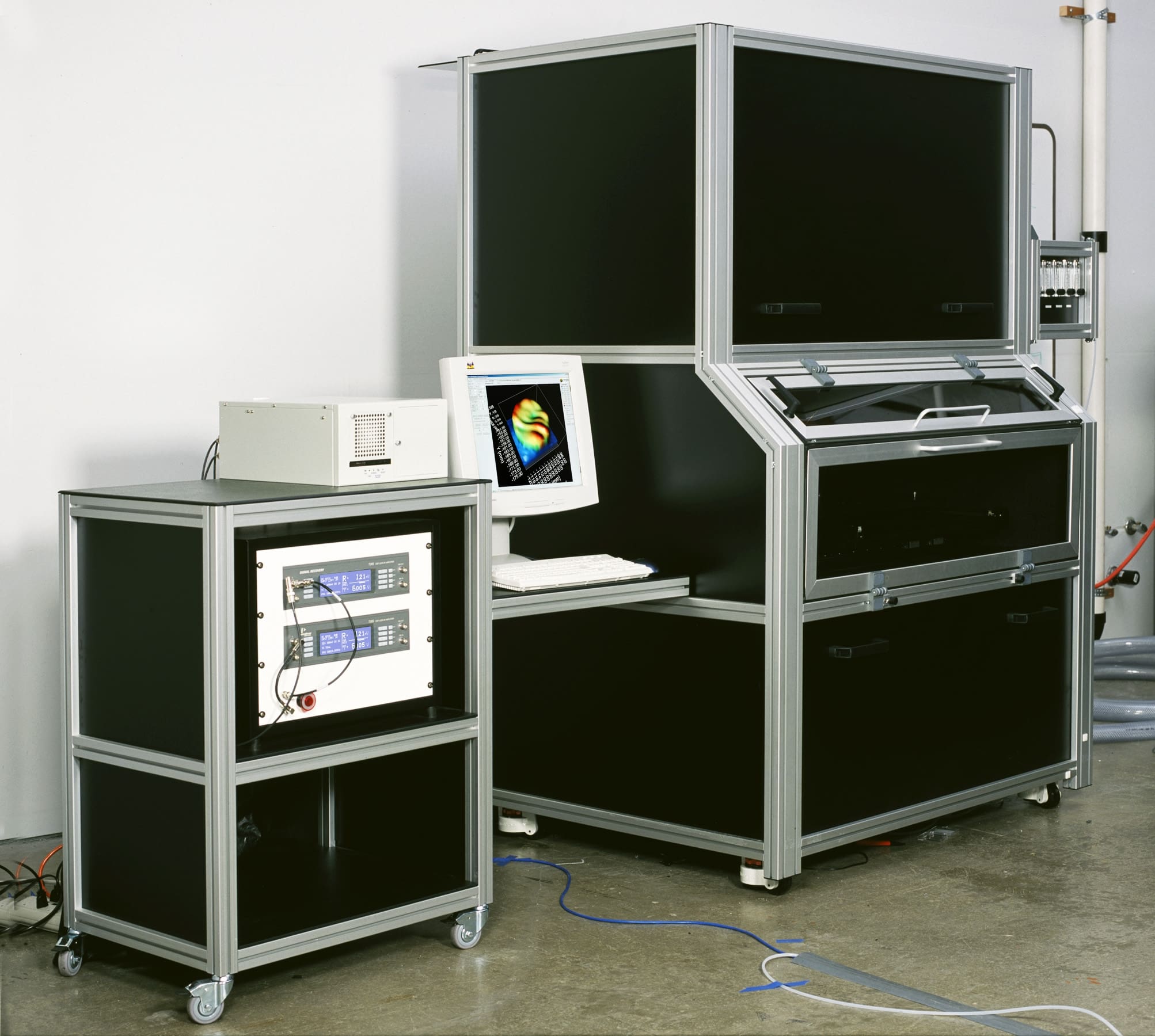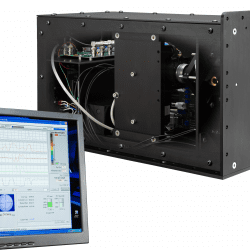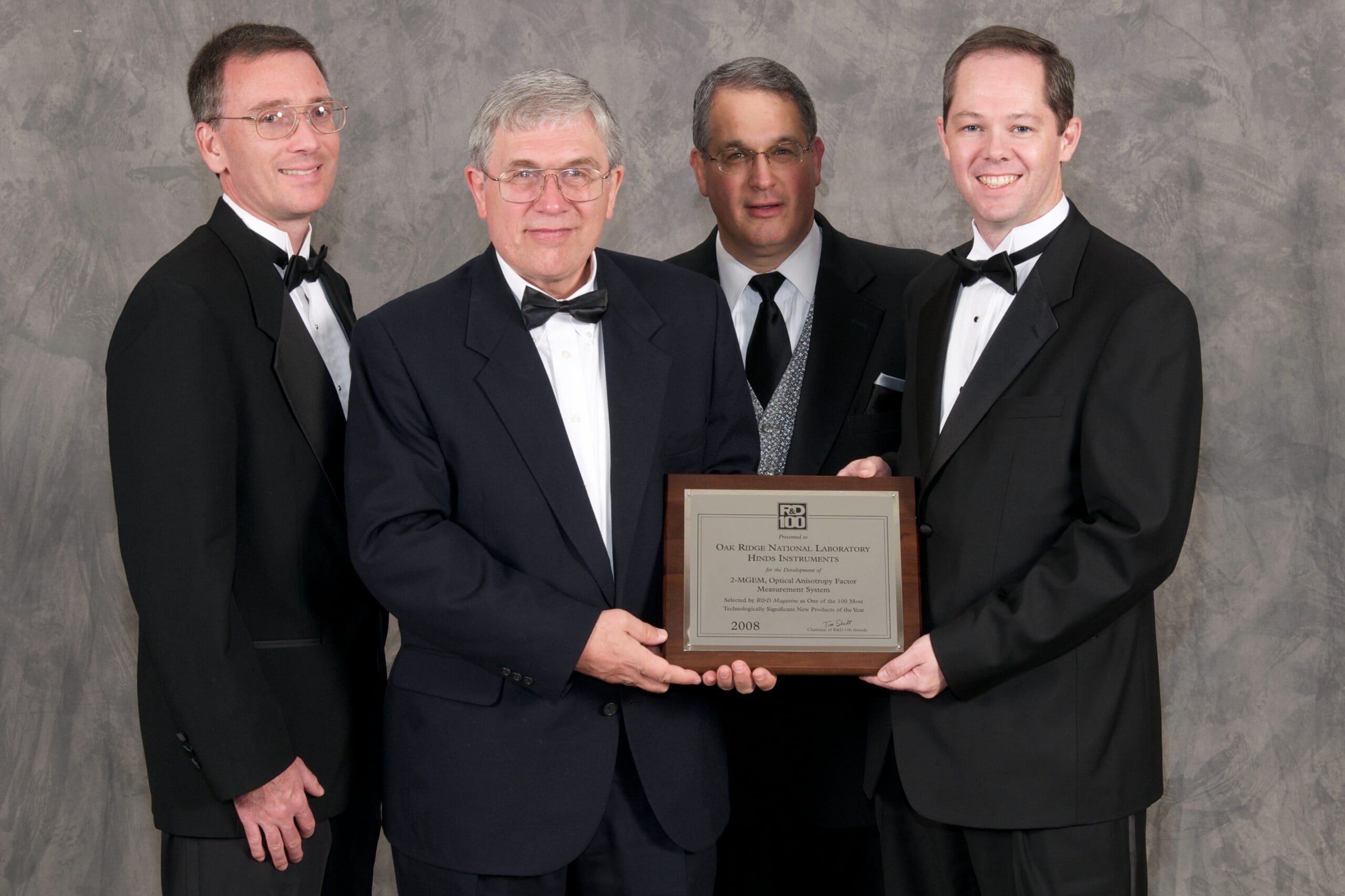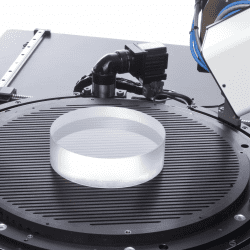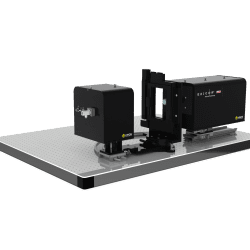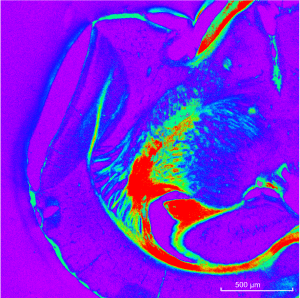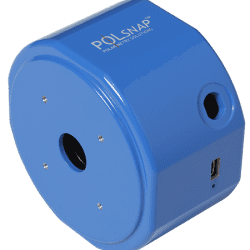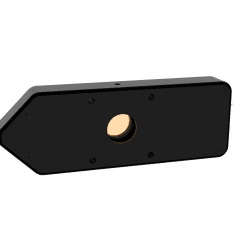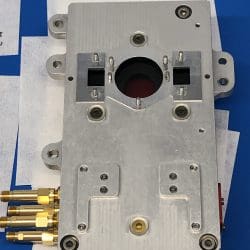James Kemp


(1927-1988)
James C. Kemp
Physicist & Professor
Inventor of the PEM and Initiator of So Much Relevant Research
Professor James Kemp, physicist at the University of Oregon, developed photoelastic modulators (PEMs) in the late 1960s for the advanced measurement of a wide range of polarization properties important to academic and industry researchers and professionals worldwide. Professor Kemp used the PEM to measure the polarization of light emitted from stars, thereby proving the existence of magnetic “white dwarf” stars.
This discovery provided the evidence used to award the Nobel Prize in physics to an astronomer at the University of Chicago (Chandraheskar) who had predicted the existence of such stars more than 40 years earlier.
James C. Kemp
James C. Kemp was born in Detroit, Michigan, on 9 February 1927, and died of cancer in Eugene, Oregon, on 29 March 1988 after a distinguished career as a physicist and astronomer.
His first degree was in Slavic languages. In 1960 he completed a PhD in electrical engineering at Berkeley, under Jerome R. Singer. Immediately thereafter, he joined Erwin Hahn in the physics department at Berkeley, to work on spin resonance. In 1961 Kemp came to the University of Oregon. For the remainder of the decade he and his students were engaged in magneto-optical studies of color centers in alkaline-earth oxide crystals. In 1969 he developed a piezo-optical birefringence modulator that allowed rapid and convenient measurement of circularly polarized light. This device played a crucial role in his subsequent development as an astrophysicist.
His early success with the magnetic field measurements led Kemp to reduce his research in condensed matter physics and take an increasing interest in astrophysics, using the 61-cm reflector at Pine Mountain Observatory. He began a series of systematic observations on the black- hole binary Cygnus X-l. Soon he was able to convince the State to install an 81-cm reflector, which has remained the largest instrument at Pine Mountain. Indeed Kemp was a champion of small observatories and telescopes, dedicated to long-term programs of observation. At the time of his death, Kemp had accumulated 14 years’ worth of data on Cygnus X-l and had produced over 50 papers on astronomy. Kemp was very much a rugged individualist, fond of appearing at all times wearing sandals and smoking a corncob pipe. He was often totally absorbed in his research and would pursue his goals regardless of obstacles. I recall one occasion when, visiting Pine Mountain Observatory one summer evening, I was startled to see a substantial crowd of visitors just at sunset. Although he was eager to start that evening’s observations, Jim was explaining to all those assembled just what he was about to do and why, in a clear and enthusiastic manner that left every visitor, I believe, with an increased awareness of the scientific purpose of the observatory. On other occasions, when his research was going well, Jim would come to my office full of enthusiasm to describe what it was all about. His ideas and experiments were characteristically bold. Kemp’s devotion to research was rivaled by his devotion to Pine Mountain Observatory. Pine Mountain is located near the center of Oregon and is reached by a strenuous four-hour drive over the Cascade Mountains. It was originally built as a summer observing station, but Kemp operated the observatory on a year-round basis. This required an almost continuous commuting routine through the hazards of fog, rain, snow and ice. He and his wife, Sarah van Riper, founded a support group named Friends of Pine Mountain Observatory, which has provided important public and financial support for research at the observatory for many years. RUSSELL J. DONNELLY This article may be downloaded for personal use only. Any other use requires prior permission of AIP. This article appeared in Russell J. Donnelly; James C. Kemp. Physics Today 1 December 1989; 42 (12): 94–95. and may be found at https://doi.org/10.1063/1.2811257. Reproduced with the permission of the American Institute of Physics.+ Read More
University of Oregon
Eugene, Oregon
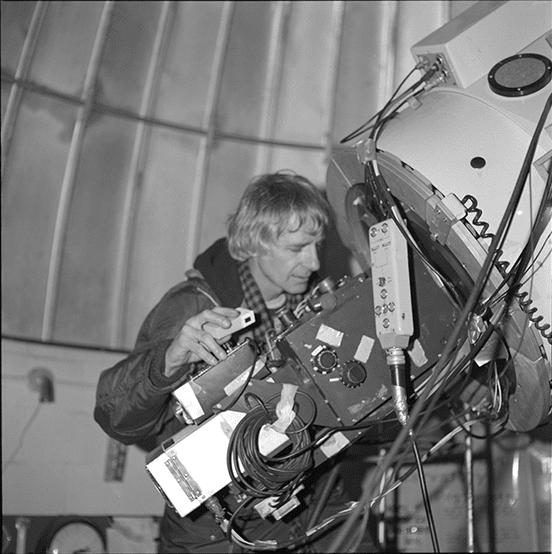
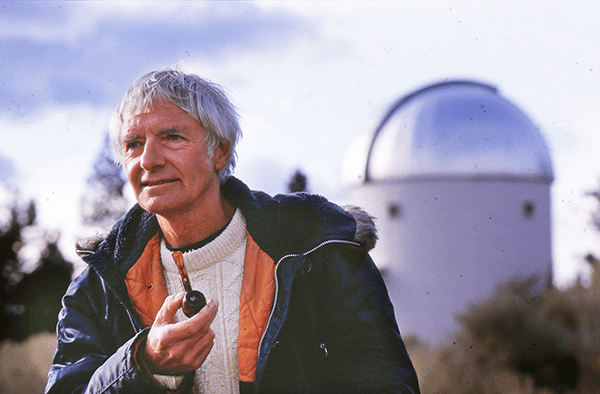
Professor James Kemp, Ever-Curious Astrophysicist
Not too long into his 27-year tenure at the University of Oregon Physics Department, Jim Kemp formed a support group to help provide both community and financial support for the University’s central-Oregon based Pine Mountain Observatory. Friends of Pine Mountain Observatory (FOPMO) grew quickly into an active support group, fueled by Kemp’s eager curiosity for all things astronomical. This fueled an increased awareness of the observatory throughout the region. Particularly in summer months, steady streams of both amateur astronomers and beginning-level, curious tourists from cities and towns far and wide throughout the Northwest and beyond headed to the 6300 ft. elevation of the observatory to look through the numerous telescopes into the dark sky of Central Oregon.
Everyone who was involved, whether as a curious, first-time-to-the-observatory tourist or as an involved FOPMO board member, was directly or indirectly influenced by Dr. Kemp’s infectious scientific curiosity. Below is a paragraph from the minutes of a board meeting on April 13, 1985 in which Kemp shared with the board an exciting new research project he and his assistants were working on.
+ Read More

